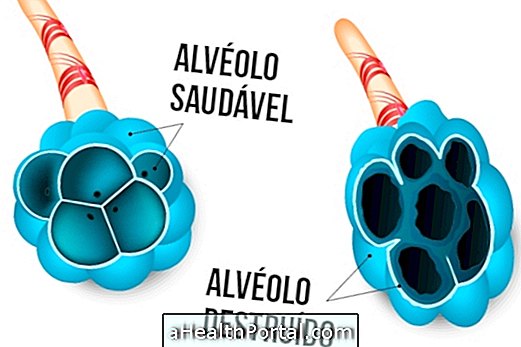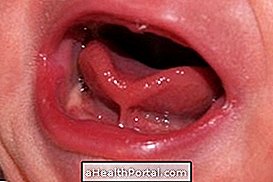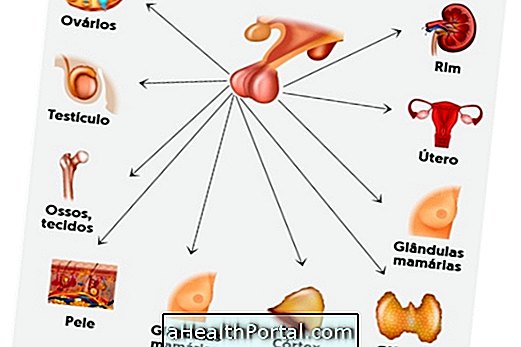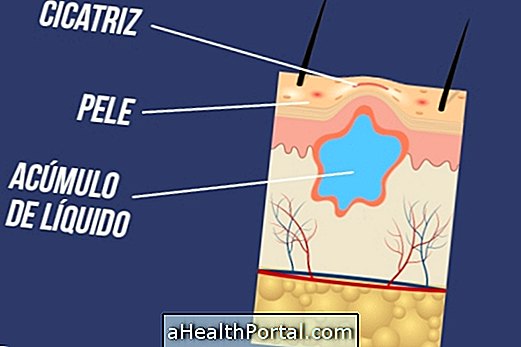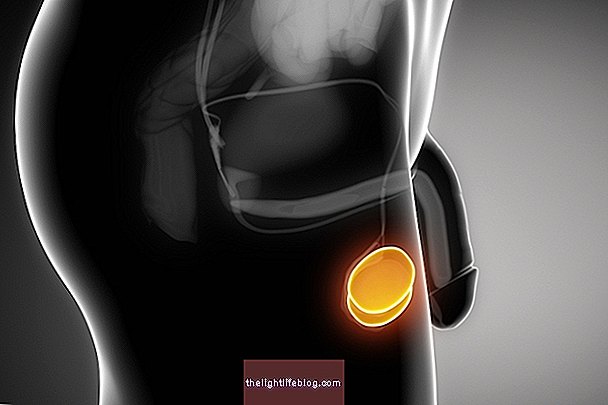Acute sinusitis, or acute rhinosinusitis, is an inflammation of the mucosa lining the sinuses, structures that are around the nasal cavities. Most of the time, there is a viral or allergic infection due to an allergic rhinitis crisis, and in some cases there is bacterial infection, but it can be difficult to differentiate the causes because they all cause similar symptoms such as cough, face pain and nasal discharge . Learn how to identify the symptoms and differentiate types of sinusitis.
To be classified as acute sinusitis, the inflammation should last for a maximum of 4 weeks, and its symptoms should improve naturally or with the treatment prescribed by the general practitioner or otorhinolaryngologist. When it is not treated, or when it occurs by resistant microorganisms or associated with weakened immunity, for example, it may progress to subacute sinusitis lasting up to 3 months, or chronic sinusitis, with persisting symptoms that exceed 3 months.

Main symptoms of acute sinusitis
The most common symptoms that usually arise in an acute sinusitis picture are:
- Nasal or facial pain, usually in the sinus region of the inflamed face, which is worse in the morning;
- Headache, which gets worse when you lie down or lower your head;
- Nasal obstruction and discharge, usually yellowish or greenish;
- Cough that gets worse at bedtime;
- Fever of about 38ºC, is present in half of the cases;
- Bad breath
Often, it can be difficult to distinguish the cause of acute sinusitis from the symptoms alone, but most often it is caused by a cold or an outbreak of allergic rhinitis, which can also cause symptoms such as sore throat, conjunctivitis and sneezing .
How To Tell if It Is Acute or Chronic Sinusitis
Acute sinusitis happens most of the time, however, in some cases it can become a chronic sinusitis. To differentiate between these situations, you should be aware of the following details that may vary, such as:
| Acute Sinusitis | Chronic Sinusitis | |
| Duration | Up to 4 weeks | More than 3 months |
| Cause | Virus infections, allergic rhinitis crisis or bacteria such as S. pneumoniae, H. influenzae and M catarrhalis . | It usually arises from an acute sinusitis that has not been treated properly. Because it is caused by more resistant bacteria, or of different types of acute infection, such as Prevotella, Peptostreptococus and Fusobacterium ssp, Streptococcus sp and Staphylococcus aureus, or by fungi and persistent allergy. |
| Symptoms | They are more intense and sudden symptoms. There may be fever, pain in several sinuses. | There may be localized pain in the sinus of the face, or just a feeling of pressure on the face, rather than pain. |
Sinusitis may also be recurrent, that is, there are acute sinusitis that is repeated 3 times in a period of 6 months or 4 times over 1 year, which usually occurs in people with weakened immunity or who have recurrent attacks of allergic rhinitis.
How to confirm the diagnosis
The diagnosis of sinusitis is clinical, that is, done only with medical evaluation and physical examination. Only in some cases of doubt, or in cases of chronic sinusitis, to better determine the cause, the doctor may request some tests such as x-ray, computed tomography of the face or nasal endoscopy.
After confirmation of the cause, the doctor should advise the recommended treatment, usually with anti-inflammatories, nasal or oral decongestants and general measures such as keeping himself well hydrated throughout the day, nebulization and nasal lavage with saline solution.
The use of antibiotics is recommended only when bacterial infection is suspected, and in more severe and chronic cases drainage of accumulated secretion may be necessary. Learn more about how sinusitis is treated.



